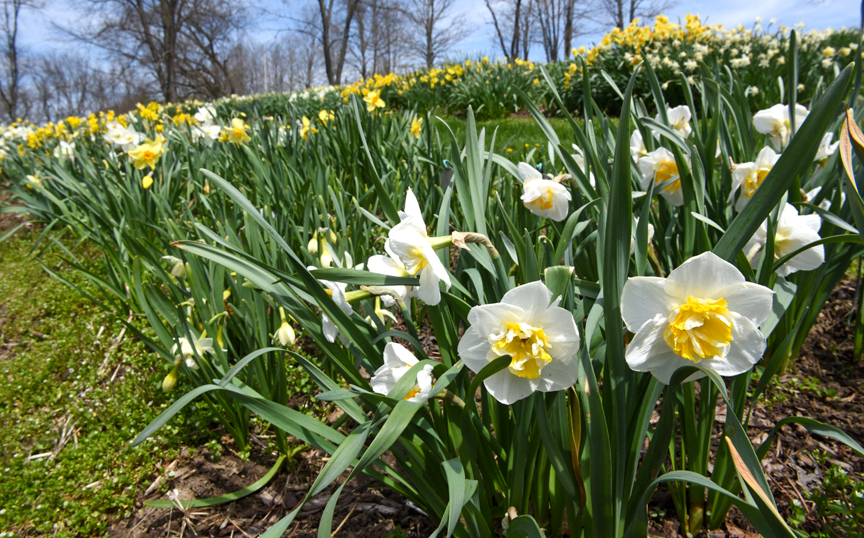
Gardening Green with Doug
Plant Daffodils this Autumn for Beautiful Spring Flowers
By Doug Oster
October 20, 2021
Talk to any gardener and they will gladly explain their inspiration for growing certain plants. Two years ago, Kathleen Jae told me about moving her grandmother’s daffodils to her own yard for this touching story.
Over the years I’ve heard countless tributes to family and friends, all related to the special plants they grew.
I tell my story often about visiting my grandparent’s grave at Lake View Cemetery in Cleveland and turning to see Daffodil Hill in full bloom. The sight of those flowers has been part of me for over half a century, driving me to plant thousands of daffodils as a way to honor all of my relatives buried there.
Although I plant a plethora of other bulbs this time of the year, it’s daffodils that have stolen my heart, and it’s not only for the connection to childhood, but the realization that once they bloom, the season starts in earnest.
They are tough, deer-resistant, will multiply and are beautiful. Many have a wonderful fragrance too.
Daffodils don’t have to be yellow trumpets — there’s nothing wrong with those — but there are 13 specific, different divisions (types) of daffodils, each one offering something different.
I’ve fallen under the spell of division four, double daffodils. The blooms have extra petals often described as fluffy or ruffled. ‘Tahiti,’ ‘Sir Winston Churchill,’ ‘Bridal Crown’ and ‘Gay Tabor’ are just a few favorites. ‘Sir Winston Churchill’ offers the fragrance of gardenias and is a late bloomer with thick stems.
Like most other bulbs, daffodils are planted three times as deep as the bulb itself. They would prefer full sun in the spring and well-drained soil through the summer. Drip lines of deciduous trees and hillsides are a couple of good spots.
Whoever planted the bulbs in a hell strip between my house and sidewalk was a genius. The daffodils start early, benefited from the heat of the house, and then the soil is dry as a bone the rest of the year. Even though they lay prostrate on the sidewalk after a freeze in the early spring, the stems are resurrected by a day of warm sun.
If bulb planting is intriguing for you, get something called a bulb auger like this one. This giant drill bit makes bulb planting fun and easy. For around $25, it’s a tool that will last a lifetime and allow gardeners to add hundreds of bulbs without the backbreaking work of hand tools.
Daffodils are best planted in drifts, instead of formal rows.
Working on a kneeler, which a drill and bag of bulbs beside me, it’s pretty easy to drill, plant and repeat without worrying about any specific pattern. 50 bulbs of this, 100 of another next to them creates a spring masterpiece when most needed. No matter what the winter is like, the sight of those colorful flowers is heartwarming year after year.
One thing many gardeners despise about daffodils happens after the flowers are gone and the foliage begins to turn yellow and brown as it fades away. Those dying leaves are feeding the bulbs below but can be removed eight weeks after the flowering without harming the bulbs.
Another trick is to plant daffodils in consort with daylilies. The emerging daylily growth covers the receding daffodil leaves.
When thinking about planting daffodils, it’s a good idea to choose early, mid and late-season varieties to extend the bloom season into the end of spring.
‘Early Sensation,’ ‘February Gold’, ‘Tete a Tete’ are all great proven varieties, but explore local nurseries, online and bulb catalogs for flowers that move you.
‘Dutch Master,’ ‘Yellow River,’ ‘Cheerfulness’ and ‘Jetfire’ are just a few more of the standards with provenance.
Don’t get too caught up in varieties, there are thousands of great cultivars available for the landscape.
In the spring if a bunch of daffodils has become tired over the years with sparse or no blooms, they can be lifted, gently divided and replanted for flowers the next year.
There’s also a special place about an hour south of Pittsburgh called Joe Hamm’s Daffodil Hortus. It’s one of the greatest collections of blooming daffodils in the country with many varieties no longer being offered commercially. Put a note in your calendar for the third week of April to see this amazing garden which is free to visit. This video includes all the information about this very special place.
Whatever your motivation for planting daffodils is, you’ll be so happy you spent a few days in the fall getting them in the ground. There’s a reason the flowers are called the harbingers of spring.
This story has information about planting lots of other unique bulbs and includes Doug’s favorite sources for bulbs too.
Doug Oster writes a weekly column for The Green Voice Weekly Newsletter. He also the host of The Organic Gardener Radio Show every Sunday morning at 7 a.m. on KDKA radio 1020AM.
To see more garden stories, photos and videos go to dougoster.com.
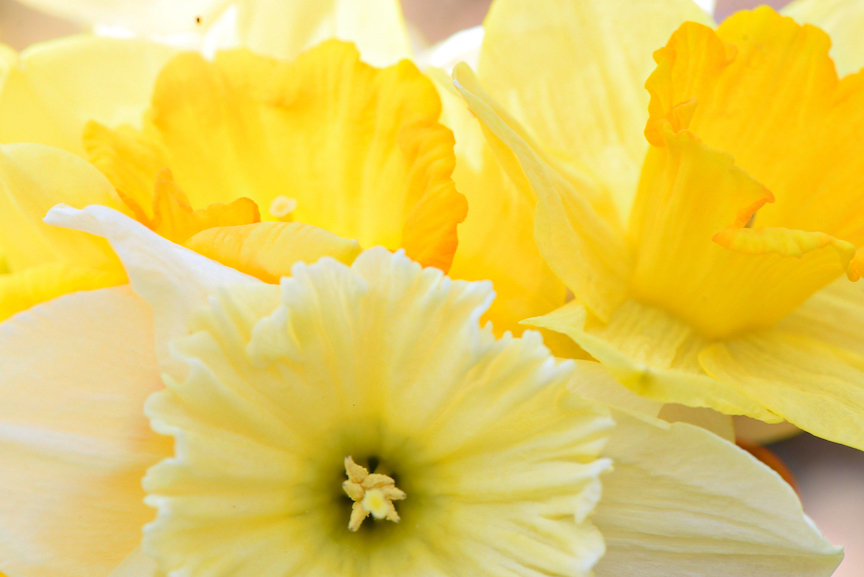
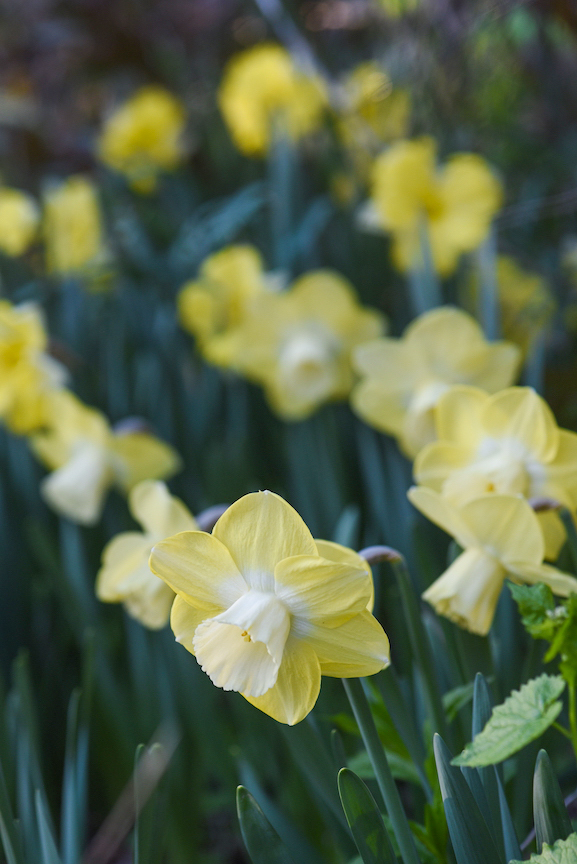
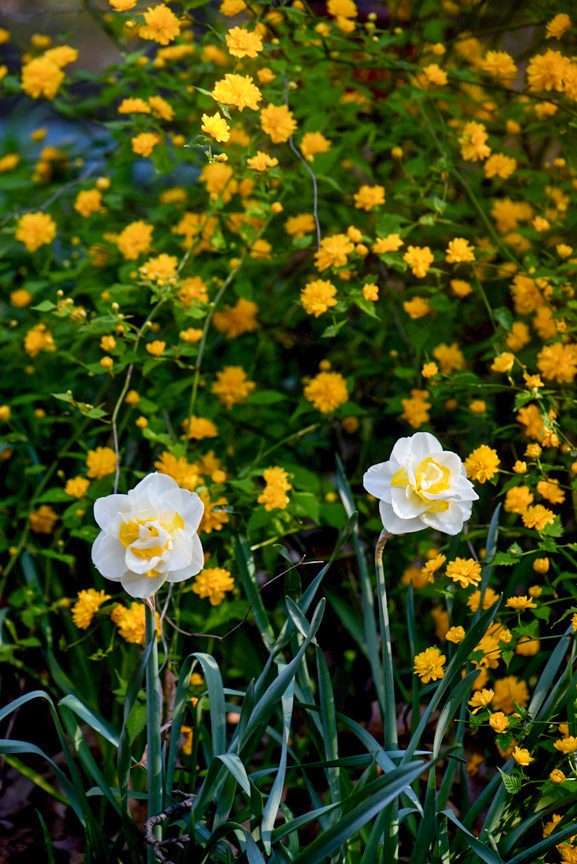
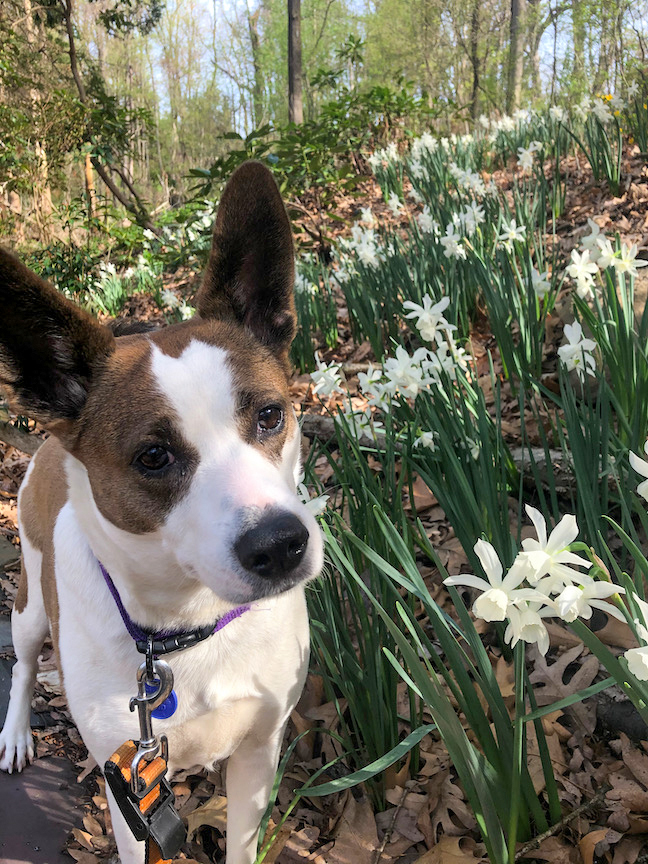
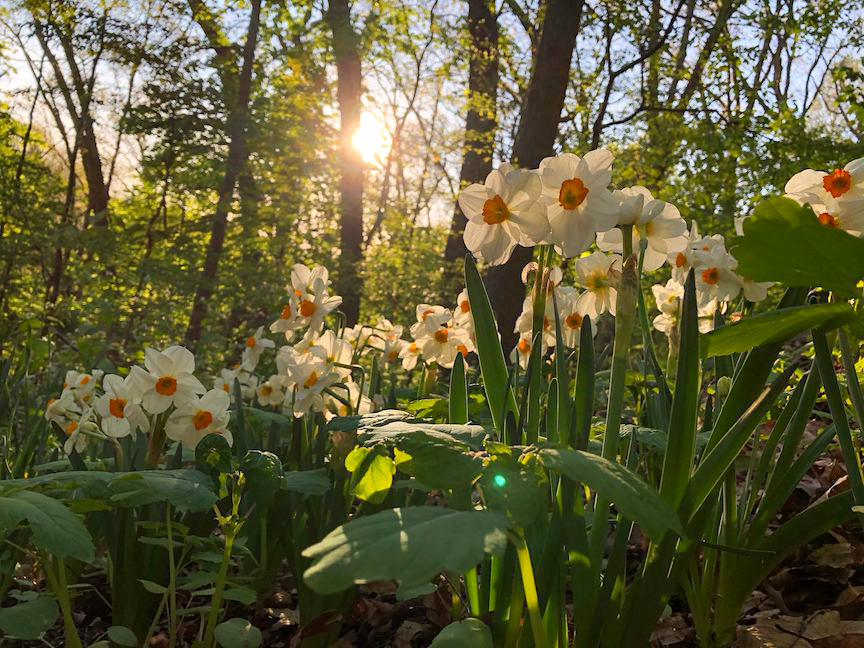
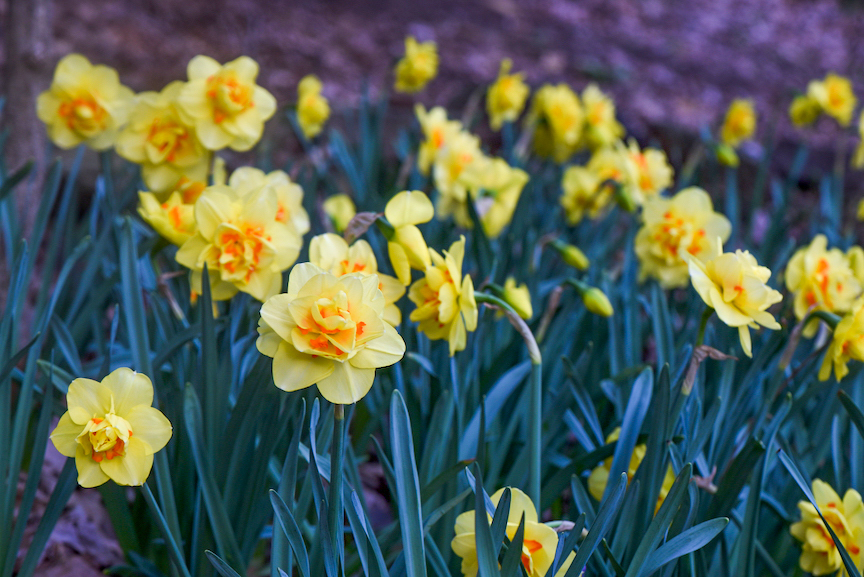
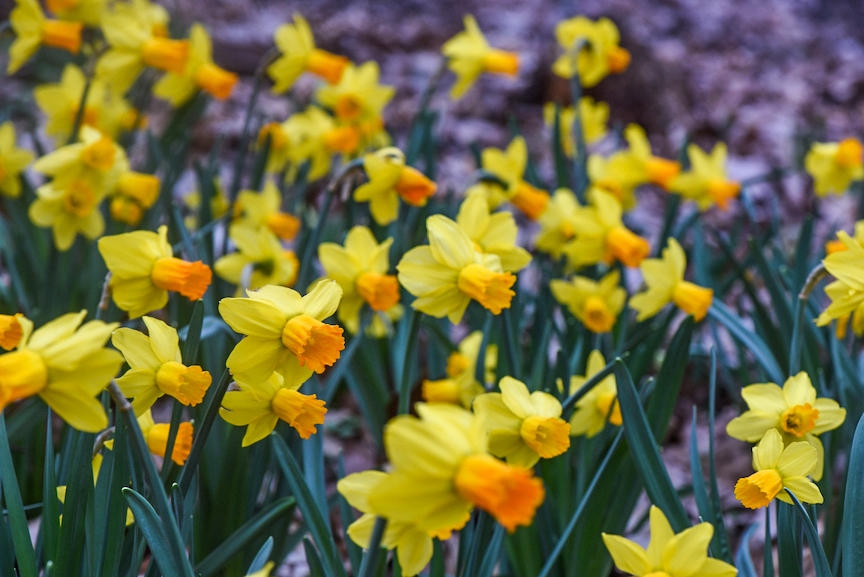

Thanks for sharing Doug. Daffodils ? blooming is a reminder that it is spring. Everything begins to awake again. As well as the moon drops.